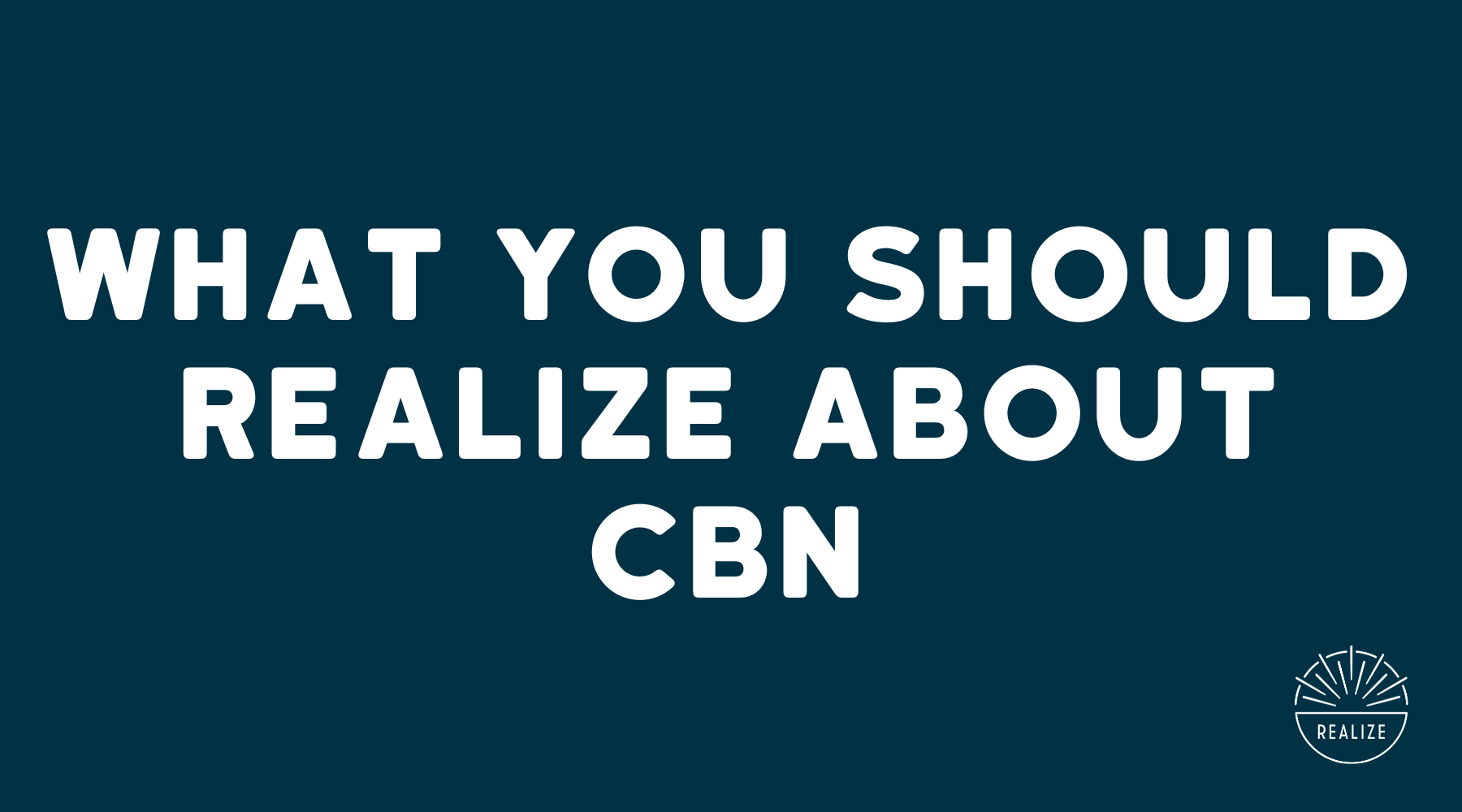What You Should "Realize" About CBN

As the cannabis industry continues to evolve, the variety of cannabinoids available to consumers expands as well. Among these, CBN has been gaining attention for its unique properties and potential benefits. While not as widely known as THC or CBD, CBN is carving out its own space in the market.
Welcome to CBN 101
Cannabinol (CBN) is one of over 100 cannabinoids found in the cannabis plant. Unlike its more famous cousins, tetrahydrocannabinol (THC) and cannabidiol (CBD), CBN is a minor cannabinoid, typically present in smaller quantities. Despite its relatively low profile, CBN is of growing interest due to its unique characteristics and potential uses.
History
The discovery of CBN dates back to the early 20th Century, making it one of the first cannabinoids to be identified. In 1899, British chemist Thomas Barlow Wood and his colleagues were the first to isolate CBN from a sample of cannabis. At the time, it was believed that cannabinol was the primary psychoactive component of cannabis due to its mild intoxicating effects. But this belief was later corrected with the discovery of THC, which’s now known to be the primary psychoactive substance in cannabis.
The interest in CBN waned for several decades as research focused more on THC and CBD. However, as the understanding of cannabis and its components has deepened, CBN has resurfaced as a compound worthy of attention, especially in relation to its non-psychoactive properties and potential benefits.
How It’s Made
Cannabinol isn’t directly synthesized by the cannabis plant. Instead, it’s a byproduct of THC degradation. When THC is exposed to air, light, or heat, it gradually breaks down into CBN. This process explains why older cannabis plants, or those that have been stored for extended periods, tend to have higher levels of CBN. This natural oxidation process is often slow, but it can be accelerated through specific methods to produce CBN in larger quantities for commercial use.
The production of CBN on a commercial scale often involves extracting THC from cannabis or hemp plants and then subjecting it to controlled conditions that promote its conversion into CBN. It is this method that allows manufacturers like Realize to produce CBN in quantities sufficient for use in a variety of products.
Getting to Know CBN’s Uses and Effects
CBN is often explored for its potential benefits, but it is crucial to approach these claims with caution due to the limited research available. Unlike THC, CBN is not psychoactive, which means it doesn’t produce the "high" associated with cannabis use. This characteristic makes it appealing to individuals seeking the benefits of cannabinoids without the intoxicating effects.
One of the most commonly discussed uses of CBN is its potential as a sleep aid. Some anecdotal reports suggest that CBN may help promote relaxation and sleep. However, it’s important to note that scientific evidence supporting these claims is still in the early stages. Most of the studies conducted so far have been small or animal-based, and more extensive human trials are needed to substantiate these effects.
CBN is also being explored for its potential role in pain management. Some preliminary research indicates that CBN may have analgesic properties, particularly when combined with other cannabinoids. However, as with its effects on sleep, more research is needed to fully understand CBN’s efficacy in this area.
In addition to sleep and pain management, CBN is being studied for its potential anti-inflammatory properties, neuroprotective effects, and appetite stimulation. While these areas of research are promising, it’s important for consumers to manage their expectations and rely on products that do not make unsupported health claims.
CBN vs Melatonin
Different CBN Product Types
As interest in CBN grows, so does the variety of CBN-infused products available on the marketplace. These products cater to different preferences and needs, allowing consumers to choose the method of consumption that best meets their lifestyle preferences. Here’s a look at some of the most popular CBN product types:
- CBN Gummies: A popular choice for those who prefer a convenient, discreet, and tasty way to consume cannabinoids. These gummies are typically infused with a measured dose of CBN, making it easy for consumers to control their intake. Realize Bedtime Gummies, Black Raspberry - Northern Lights + CBN are a fantastic option for example, as they’re made using Realize technology for fast onset performance.
- CBN Capsules: Provide a straightforward and controlled way to consume CBN. Much like traditional supplements, these capsules contain a pre-measured dose of CBN, ensuring consistency in each use. Capsules are also appealing for their long shelf life and ease of storage. They can be taken with water, just like any other pill.
- CBN Tincture: These are liquid extracts that’re typically administered sublingually (under the tongue). This method allows the CBN to be absorbed directly into the bloodstream, often leading to faster onset effects. Tinctures are versatile and can be taken on their own or added to food and beverages. The dosage of CBN in tinctures can be easily adjusted by altering the number of drops taken, making this product type suitable for those who want to fine-tune their intake.
- Disposable Vapes: Infused with CBN and offer a rapid and convenient way to experience the effects of this cannabinoid. Vaping allows CBN to enter the bloodstream quickly through the lungs, often resulting in faster effects compared to other methods of consumption. Disposable vapes are particularly appealing because they require no maintenance or setup. Once the vape is used up, it can be discarded, making it a hassle-free option for those who do not want to deal with refilling or charging a device. Additionally, vapes often come in various flavors/strains.



